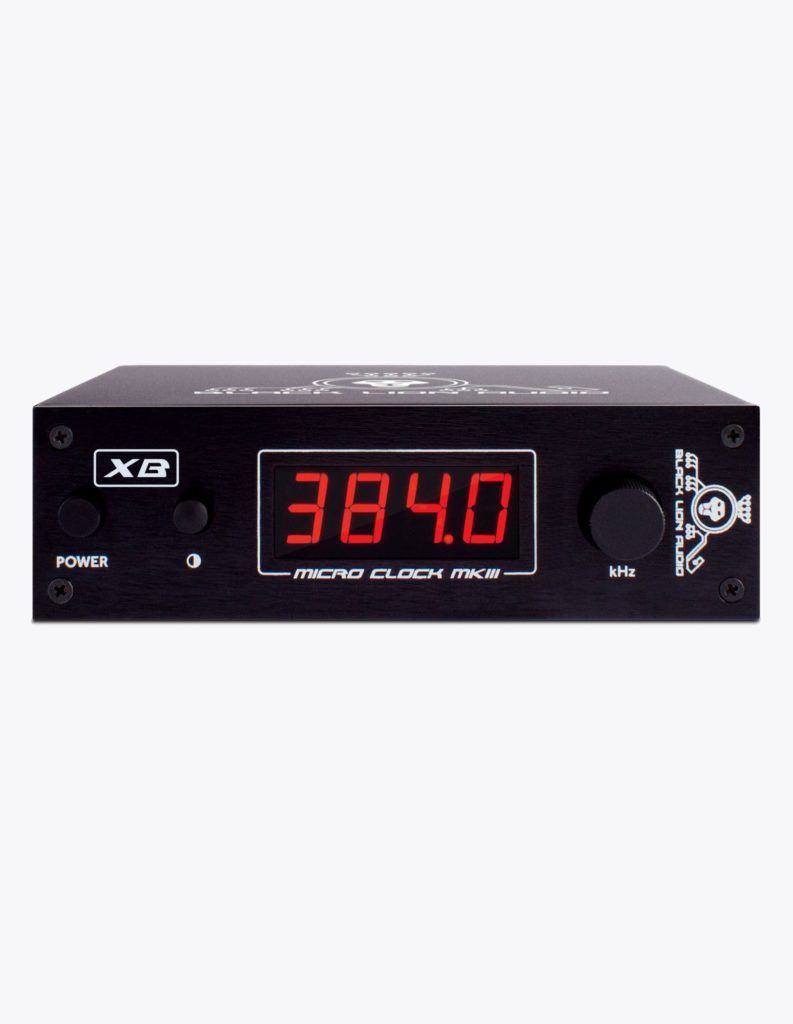
The cleanest signal, but with insufficient amplitude. I tried it and most of the gear just did not want to work. costs 1/2 the amplitude, but it is the cleanest way to go. In both cases, a termination and line mismatch causes some reflection. That 2.5V reflection travels back to the source, where it sees (idealy) the appropriate termination (back termination). So a 5V pulse is sent forward as 2.5V pulse, but when it gets to the line end, it "sees" an open (high impedance) which is a refection coefficient of 1, so the voltage doubles to 5V.
#BNC WORD CLOCK DRIVER#
Both outputs have their own driver stages, providing an.
#BNC WORD CLOCK SERIES#
An input step voltage initialy gets divide by 2 (a series resistor against an equal value of line impedance). It provides a galvanically isolated word clock input and two word clock outputs (BNC connectors). Proper end termination and line impeadance matching means 0 reflections.īut method 2 is also OK. Termination at the input of the line (source) Termination at the end of the line (destination)Ģ.

A transmission line (cable) can be terminated 3 ways:ġ. I did try a lower amplitude version of a word clock driver. That will cause problems.Īs a rule, a 1V peak tp peak will be too low of an amplitude, so I would expect most gear not to work. With only 0.
#BNC WORD CLOCK PRO#
Wordclock should work also.īut use a cheaper DA that does not have a clamp circuit in it to establish the sync pedestal in video. The Micro Clock MKII is one of the best performing external word clocks in the pro audio market today. I've used video DA's for AES using 75 ohm Canare transformers. Larrchild wrote on Mon, 24 April 2006 15:25 I don't have the HD-24's but had the blackface ADAT's in the early 90's and if I don't remember having any trouble syncing 3 together with only the 9 pin sync. There really isn't a need for it when only linking two digital devices together and the HD's are made to sync if I remember correctly up to 8 in line with just the ADAT Sync cables in between them. Anytime I can leave an outboard clock out of the equation the better I like it. Word Clock Cable: This WDC-3 segment of word clock cable features a BNC-to-BNC connector configuration. I don't think that it's a big issue of clocking to BNC or just using the optical "if cable runs are kept to a minimum length". Also, I link Fostex HD-R's together, they have BNC In and Out with a termination on or off switch on all units, I've tested clocking over the BNC with clocking over 1 meter optical cables and I can hear no difference, when the optical cables are short. If he syncs the second HD to the first one via ADAT Sync, he won't need outboard clock. If something messes up on the master, such as a pop, click, glitch or whatever, the safety track could be used to replace that track with little problem as they will be on the same timeline and same frame rate. In this way he'll have stable clock and the safety tracks will be on the same timeline as the main tracks.

They only have BNC word IN, not out but the 9 pin will sync the transports and the sample rate clock on the master HD to the slave HD. Parallel distribution uses a BNC T-connector attached to the BNC word clock input of each synchronized digital device. You can buy the cable at Wal-mart for about 8 bucks. If I were using two HD-24's, I'd link them with the ADAT Sync d-sub 9 pin.


 0 kommentar(er)
0 kommentar(er)
